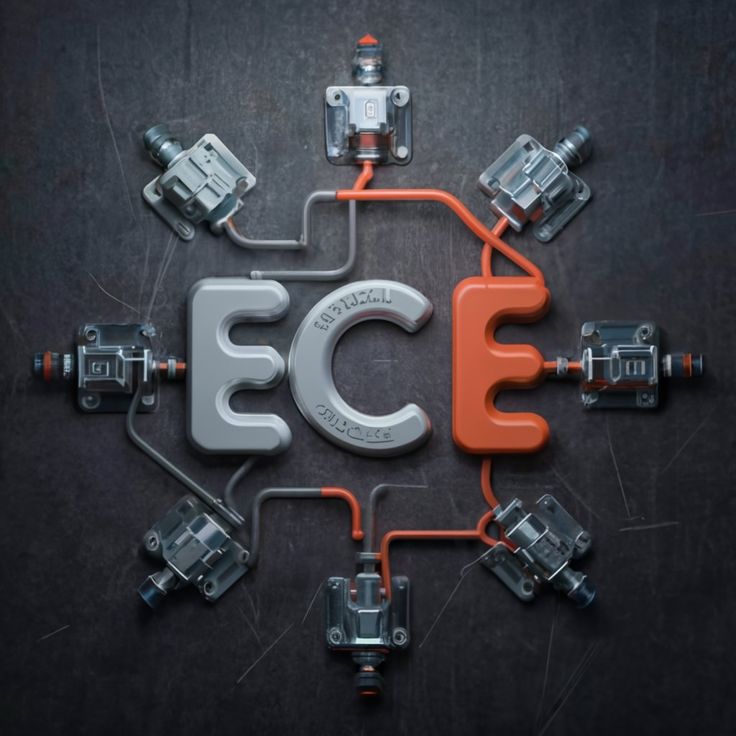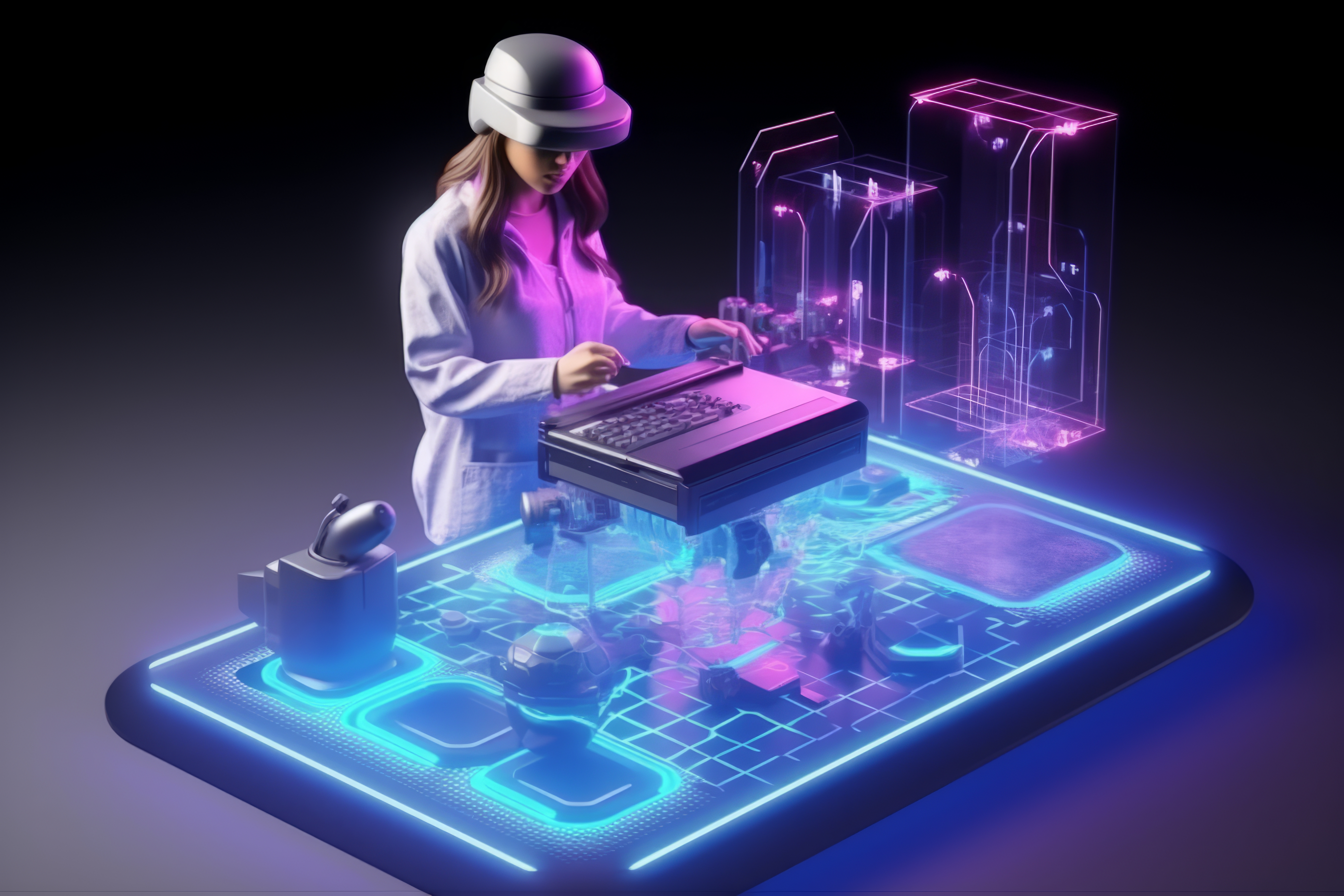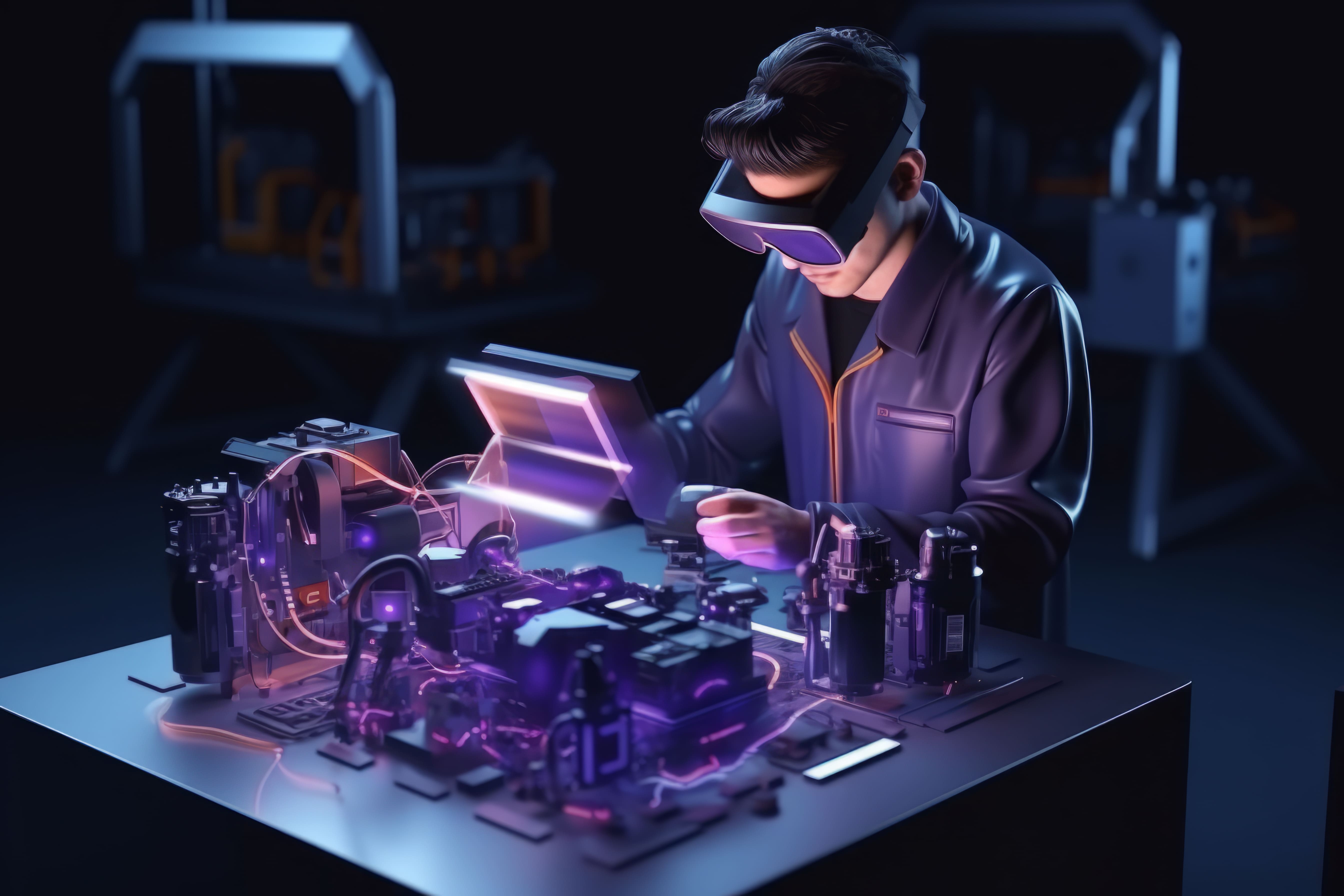 SITASRM ENGINEERING & RESEARCH INSTITUTE
SITASRM ENGINEERING & RESEARCH INSTITUTE
 SITASRM ENGINEERING
SITASRM ENGINEERING & RESEARCH INSTITUTE

SITASRM ENGINEERING & RESEARCH INSTITUTE
Menu
Electrical Engineering at the Forefront of Sustainable Transportation
.jpg)
"The future is electric." – Elon Musk
This declaration is more than just a catchphrase. It's a clear signal that engineering and electronics are no longer silent partners in transportation; they are the driving force behind an eco-friendly revolution. In an era dominated by climate concerns and energy innovation, electrical engineering has positioned itself at the forefront of sustainable transportation, transforming the way we move, power, and plan our mobility ecosystems.
The Power Shift-Engineering Sustainable Transportation from the Ground Up
Transportation, traditionally powered by fossil fuels, is undergoing a massive transformation. The rising global demand for clean, eco-friendly alternatives is reshaping urban landscapes and mobility trends. Electrical engineering is at the core of this evolution, providing the intelligence, infrastructure, and innovation needed to make sustainable transportation not only viable but scalable.
With electronics becoming more compact, powerful, and efficient, engineers are now capable of designing next-generation electric vehicles (EVs), smart grids, and high-efficiency transit systems. These solutions are rapidly phasing out combustion-based models that have dominated our roads for over a century.
Electric Vehicles: A Testament to the Power of Electronics
Electric vehicles stand as the most visible triumph of electrical engineering in the modern transport ecosystem. With every component; from the electronics in the battery management systems to the precision of regenerative braking, EVs are a playground of engineering marvels.
Battery advancements, powered by solid-state electronics, are giving rise to longer ranges, faster charging, and improved safety. Engineers are crafting lighter, more durable vehicle bodies with integrated circuitry, which minimizes power loss and maximizes efficiency. The shift toward EVs is not just a consumer trend; it’s an industry-wide movement built on years of engineering research, simulation, and real-world application.
Smart Infrastructure: Engineering the Future of Mobility
One of the unsung heroes of sustainable transportation is the unseen network of smart infrastructure engineered to support modern mobility. Electrical engineering plays a crucial role in designing the complex charging networks, intelligent traffic management systems, and vehicle-to-grid communication protocols that make sustainable travel feasible.
Smart charging stations equipped with adaptive electronics and IoT connectivity are redefining how and when vehicles draw power; often during off-peak hours to reduce grid load. Moreover, electrical engineers are developing bidirectional charging systems, enabling electric vehicles to supply power back to homes and grids during blackouts or peak demand.
Rail and Transit Systems: Reinventing Mass Transportation
Beyond private vehicles, electrical engineering is revolutionizing mass transit systems worldwide. Electric trains, trams, and even electric buses are being equipped with advanced propulsion systems, regenerative braking, and AI-assisted diagnostics to reduce carbon emissions and improve reliability.
Engineers are also integrating smart ticketing systems, real-time monitoring, and predictive maintenance models; all reliant on sophisticated electronics; into these transit systems. The results are lower operational costs, reduced environmental impact, and enhanced commuter experiences.
The Role of Power Electronics in Transportation Evolution
Modern electronics are built to handle the high voltages and currents demanded by today’s transportation systems. Power electronics; a subfield of electrical engineering; is a cornerstone in managing and converting energy in EVs and hybrid vehicles.
From inverters and converters to control systems that optimize energy flow, these innovations are essential for maintaining vehicle performance and safety. With ongoing advancements in wide-bandgap semiconductors like SiC and GaN, engineers are developing faster, smaller, and more efficient power systems; pushing the limits of what’s possible in sustainable transport.
Education, Innovation, and the Future of Engineering Careers
The surge in sustainable transportation has created a rising demand for specialized talent in engineering and electronics. Universities and research centers are rapidly adapting curriculum to include electric mobility, energy systems, embedded systems, and AI applications in transportation.
Aspiring engineers now find themselves at the center of innovation, working on everything from next-gen EV platforms to smart city grids. The demand for electrical engineering professionals is expected to soar in the coming decade, driven by both environmental goals and consumer expectations for smarter, cleaner mobility.
Eco-Friendly Innovations in Aviation and Maritime Sectors
Electrical engineering is also powering innovation beyond land. Electric aircraft and hybrid propulsion systems are emerging as viable solutions for short-haul flights. In maritime sectors, electrified ferries and cargo ships are becoming popular, driven by emission regulations and sustainability pledges.
Electronics are central to these advancements; from battery storage systems to onboard energy optimization software. These initiatives mark a significant leap forward in making long-distance transportation more eco-friendly and sustainable.
Conclusion: A Roadmap Toward Sustainable Mobility
The rise of electrical engineering in sustainable transportation is more than a trend; it’s a paradigm shift. As we face growing environmental challenges, the integration of intelligent electronics into our transportation systems is not only essential but inevitable. From EVs and smart grids to high-speed trains and electric aircraft, engineering is the invisible force driving a cleaner, greener tomorrow.
We are no longer waiting for the future of transportation; we are engineering it. Learn engineering with us.















































